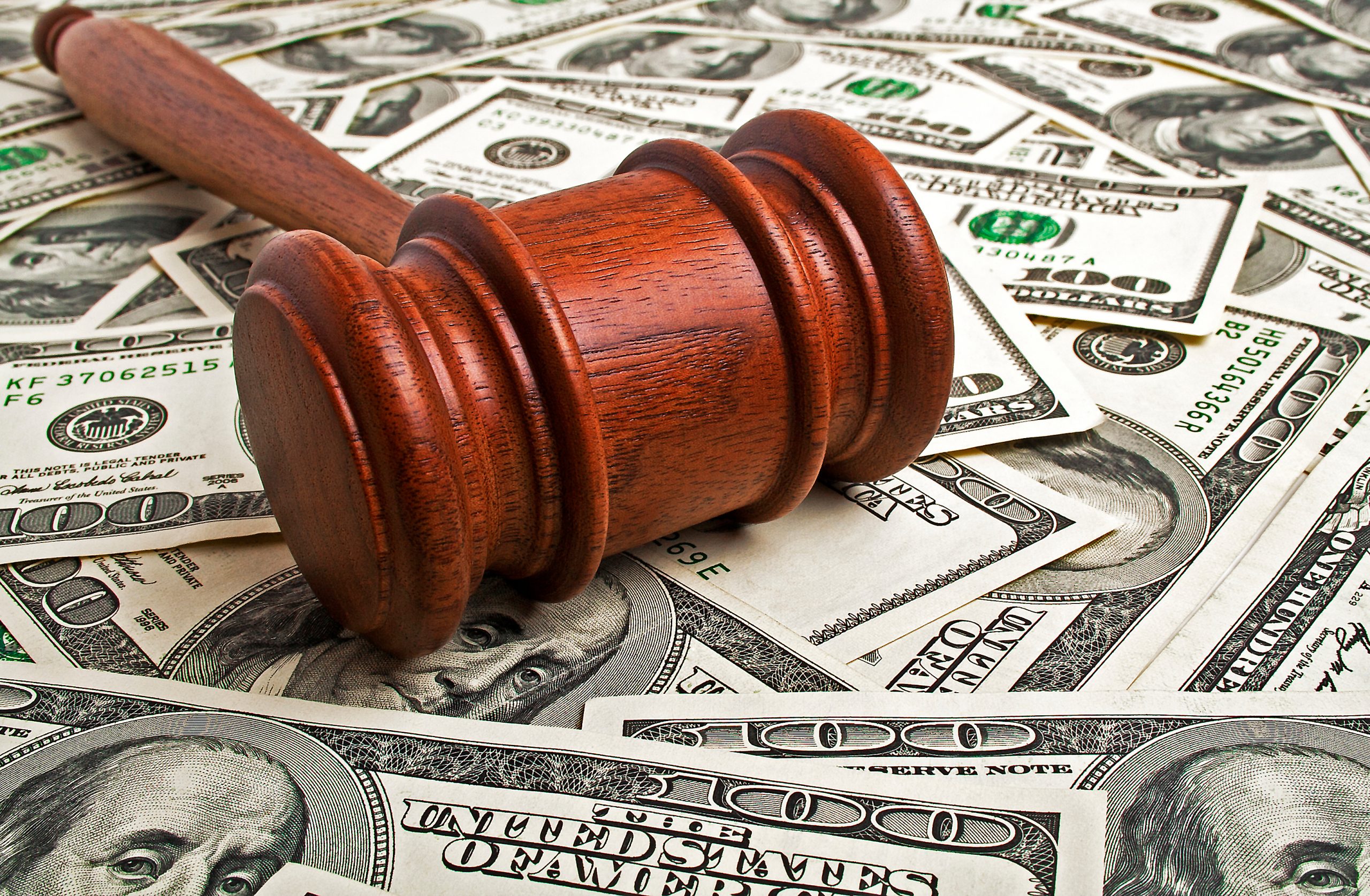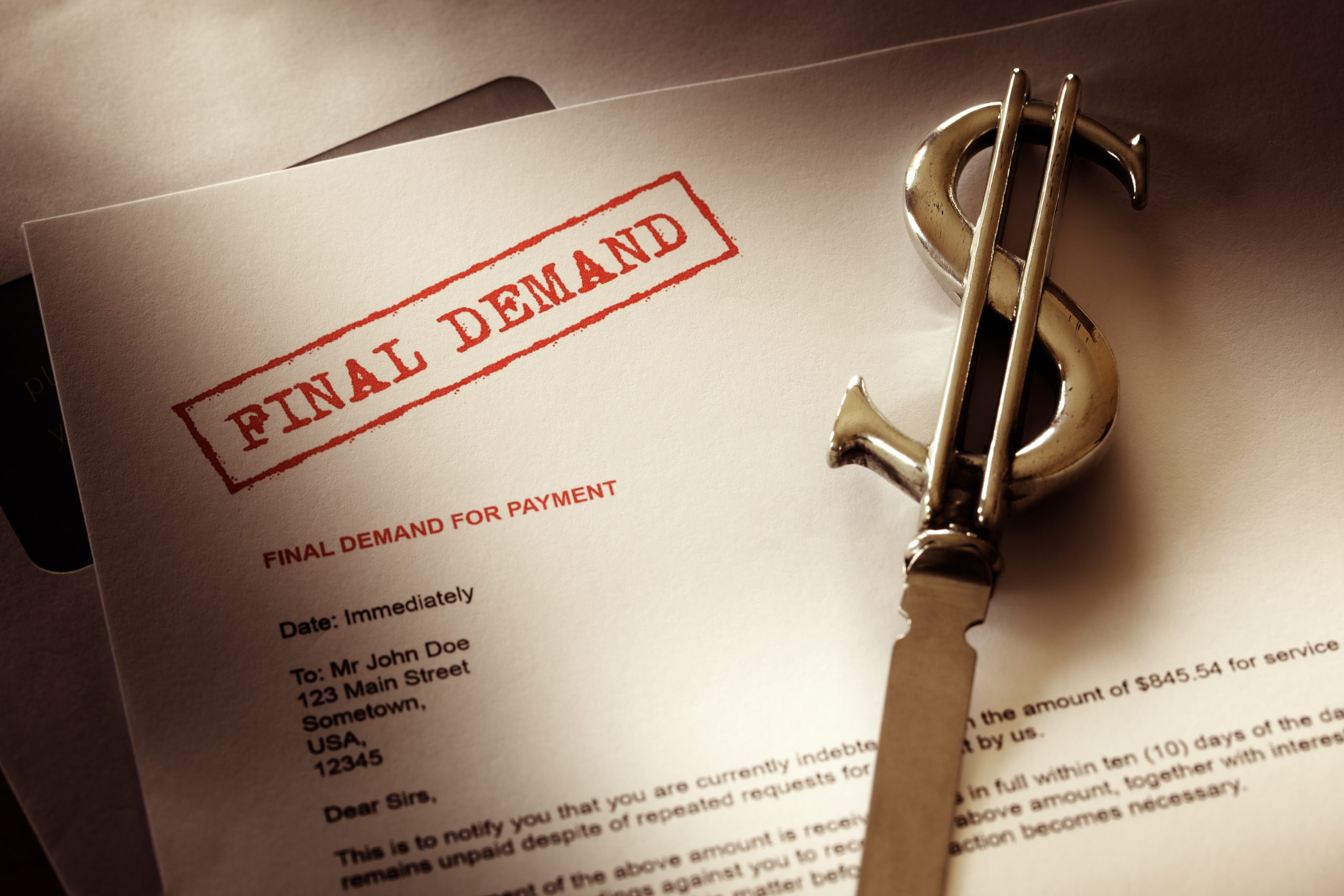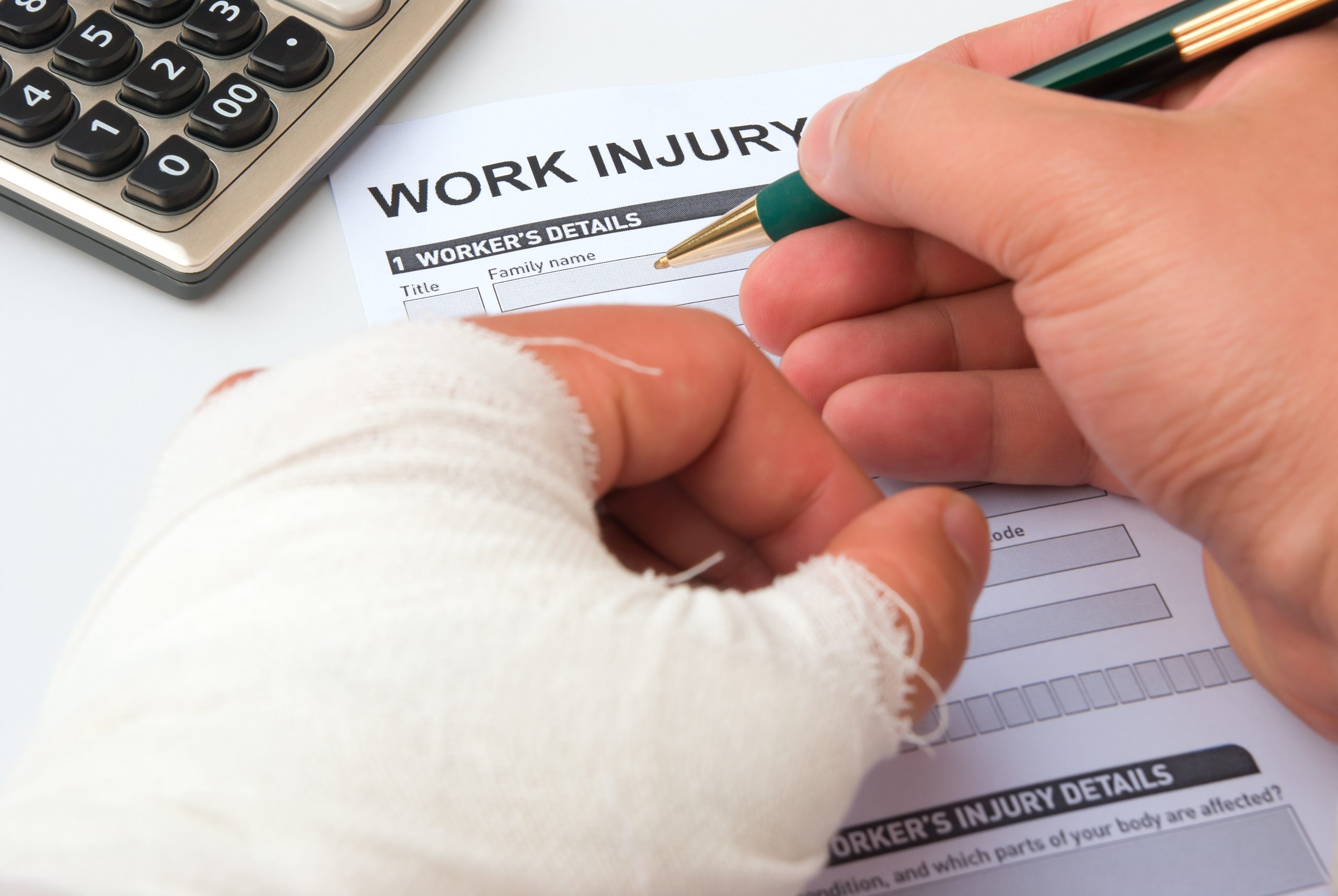You have suffered an injury and are now fighting for your rights with a personal injury attorney. But now, time has gone by, and you are no longer satisfied with how your case is going. You may be wondering- what happens if I fire my personal injury attorney? You should not accept poor representation and deserve the best chance to receive the compensation you deserve for your injury. It is your right to change attorneys if you are not being represented at the level of excellence and dedication you expect and deserve.
When Should I Think About Changing Attorneys?
Switching attorneys is not uncommon. Client’s fire and hire new attorneys all the time and for different reasons. Red flags that you have hired a bad attorney or need to hire a new attorney include:
- Poor Communication: Consistent and clear communication is fundamental. Attorneys should always “keep the client reasonably informed about the status of the matter.” An attorney who does not respond to emails, calls, or questions is not just frustrating; it can jeopardize your case. You should not have to beg your attorney for information.
- Trust Issues: The attorney-client relationship is built on mutual trust. You should feel that your attorney is doing everything in their power to maximize your settlement. That is their job. If you are doubting your attorney’s commitment, reevaluate your choice.
- Unprofessional Conduct: Missed meetings, lack of preparation, and forgetfulness can indicate deeper issues like missing hearings, poor trial preparation, and mismanagement of settlement funds.
- Strategic Issues: You hire an attorney because he or she is supposedly an expert in personal injury cases. You put your trust in this attorney. However, if he or she cannot effectively communicate what they are doing and why they are doing it, this is a red flag that you should consider hiring a new attorney. As the client you deserve to know why certain actions are being taken or not and your attorney should ask for your input. Remember, this is YOUR case. You should never be left wondering if your attorney took your settlement or feel out of the loop regarding decisions made with your funds.
- Disciplinary Actions: If your attorney has been disciplined or disbarred, you should immediately consider finding a new attorney.
Can You Switch Attorneys, or Even Fire Your Attorney, in the Middle of a Case?
You certainly can. Plus, when you do so, you have the right to take your file and all your documents, medical records, and pleadings with you; even though the attorney you are discharging may try to mislead you into thinking the file belongs to him or her. You have a right to your file and an attorney cannot hold your file hostage or tell you that switching attorneys will hurt your case to deter you from leaving.
After the Lawsuit Has Started
You have the right to change attorneys even after your lawsuit has been filed. But there are a few more things to consider if you are changing attorneys once the lawsuit is underway:
- Check the Rules: The rules governing attorneys in your state may require that you get approval from a judge to discharge your current attorney and add a new one. Your new attorney can file a substitution of counsel request with the court. Judges usually give their approval to such a change. But if your case is close to trial and changing attorneys could cause a delay, a judge might not allow the switch.
- Expect Delays: Changing personal injury attorneys after your case is filed might cause a delay. Your new attorney will need to spend time getting fully informed about your case so they can give you their best legal advice. This may include contacting your doctors, family members, and any witnesses to hear firsthand that they have to say. If your case needs an expert witness, your new attorney will have to start the search process. Your attorney will need to read all the pleadings and discovery already exchanged by the parties. If there are interrogatories or document requests you need to answer, your new attorney may have to get an extension of time to get those ready. There is a lot for an attorney to do when taking on a case already in progress. Be patient while your new attorney does everything necessary to prepare to represent you. Still, if your relationship with your current attorney is unacceptable, this delay should be worth it.
Steps To Take When Switching Attorneys:
- Before you fire your current attorney, you should have another attorney lined up who has agreed to take over your case.
- Sign a retainer agreement with your new attorney. This is a simple form that gives the new attorney the legal authority to represent you.
- Your new attorney will then prepare a form called a “Consent to Change Attorney.” This form tells the Court, your present attorney and all the other parties involved that you have switched attorneys.
- Your new attorney will also prepare a “stop work” letter to send to your previous attorney. This directs that attorney to stop working on your case and to forward the case file to your new attorney.
Is Switching Attorneys Worth It?
You might think it is too much effort or time to change attorneys, especially if you are far into your case. Ultimately, your needs and recovery come first. Whether you wish to change attorney’s is up to you. Catching your new personal injury attorney up to speed might take time, pushing your case back further. However, changing representation could be the difference between disappointment and success.
Will I Have Trouble Finding a Second Attorney?
Many fear that since their new attorney must split their attorney fee with the old attorney, they will have a hard time finding a new attorney to take on their case. This is typically not true. An attorney fee is divided between the law firms that represented you based on “quantum meruit,” which means the reasonable value of their services. In other words, how much work each firm did will decide what percentage of the fee they will be granted. If the two firms did approximately the same amount of work, they will divide the fee equally. If your second personal injury attorney did most of the work, they will be granted the larger chunk of the fee. However, if the first attorney handled your case for quite some time and completed a substantial amount of work, a second attorney may be tentative about taking on the case. But it is important to note that if the case has significant value, even if the initial attorney did a lot of work on the file, the second attorney will likely not be deterred from taking the case. Ultimately how the attorney fee is divided is worked out after the case is resolved by the two law firms, and is of little concern to the client.








